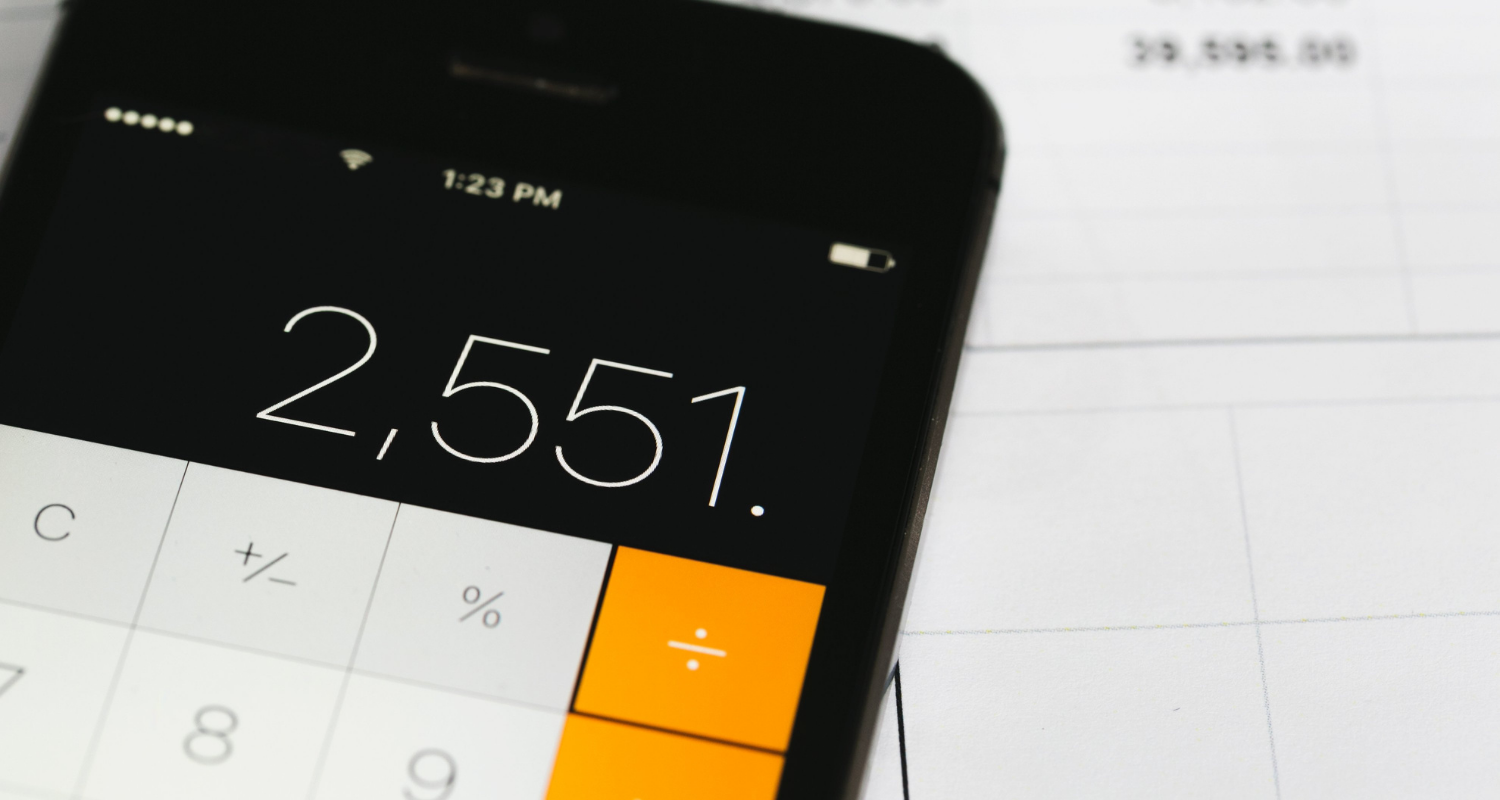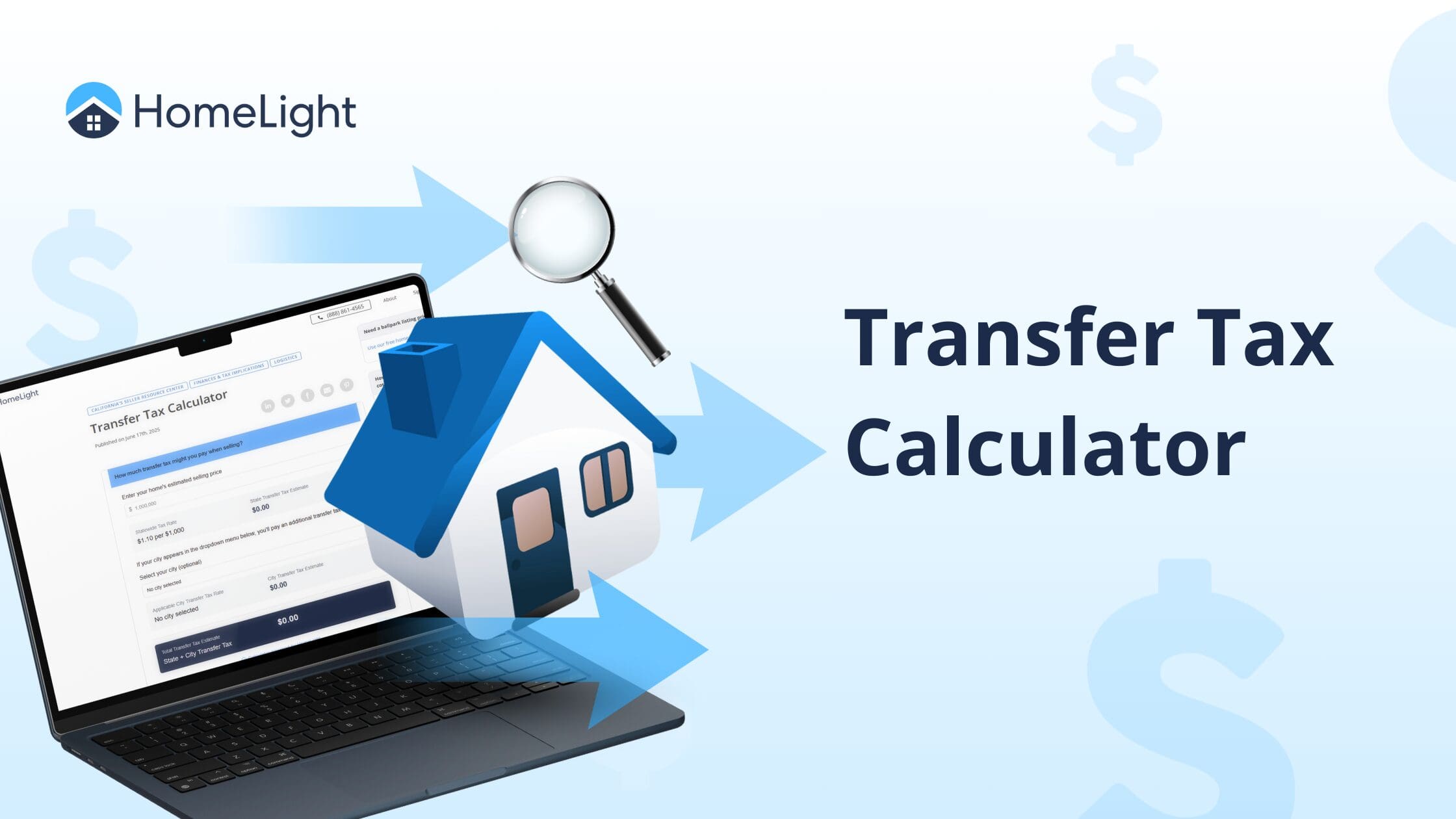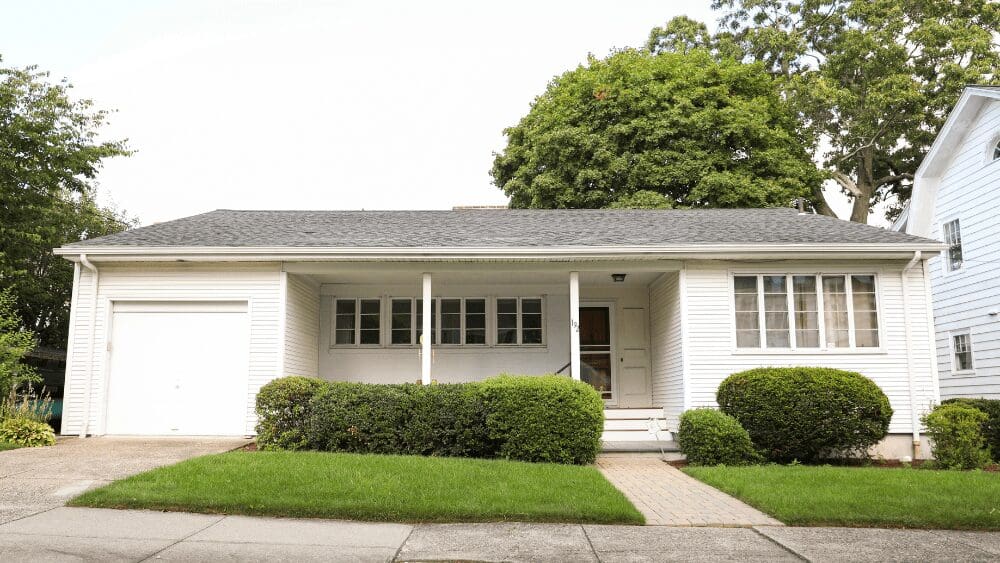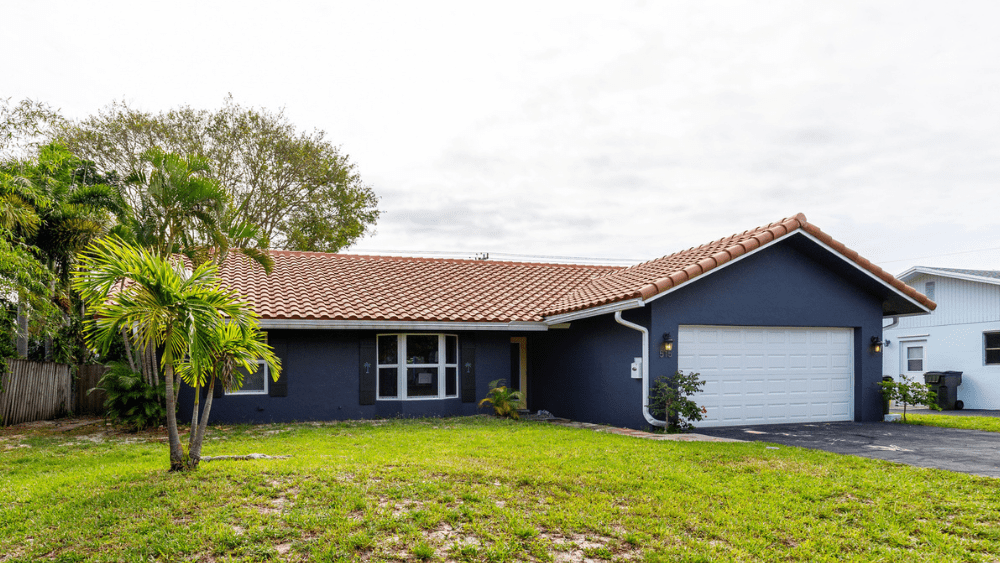
Every time a new friend posts their recently purchased dream home on social media, you feel a pang of undeniable envy. You’re starting to wonder when it’s going to be your turn. But there’s one major thing standing in your way: The down payment. How much do you need? How are you even supposed to figure that out? A down payment calculator might be your new best friend. And don’t worry, it’s not as scary as it sounds. A down payment calculator is super easy to use and can be a great tool to understand how much you’ll need to put down on your new home. We consulted expert Richie Helali, mortgage sales leader at HomeLight Home Loans, to walk you through the basics. Let’s jump in! A down payment is, quite simply, cash you put down to purchase a home. It offsets the amount you need to borrow for a mortgage. “The down payment is showing the bank that you’re putting some skin in the game,” says Helali. “Every time a bank provides somebody with a loan, the bank’s essentially investing in that person.” That’s why you need a down payment, a qualifying credit score, and provable steady income to get a home loan — among other requirements. Basically, you’re showing the bank that their investment is safe and you’re unlikely to stop making payments. “Somebody investing tens of thousands of dollars for a down payment is much less likely to simply walk away from that investment if money becomes tight.,” Helali explains. “Whereas someone who has made little to no down payment may find it easier to let that home fall into foreclosure as there is no upfront investment to lose.” There are a few loans that don’t require down payments (we’ll get to that in a minute), but most buyers need to put down something. Many would-be buyers assume they’ll need to put down 20% on a home, but that’s thankfully a myth. All the major loan programs accept much lower minimum down payments, with a few even offering zero-down loans. That said, a larger down payment has some pretty major benefits. “Typically, the more money you place in the down payment, the lower your interest rate is going to be,” shares Helali. “And that’s because the risk for the bank is lower the more you put in.” Another benefit to making a larger down payment? You can often increase your purchase price. Or, you can choose not to increase your purchase price and simply enjoy cheaper mortgage payments. But by far the biggest benefit to going big on your down payment is potentially avoiding mortgage insurance. If you put down less than 20%, the lender will likely require you to purchase mortgage insurance, which usually costs between 0.5% and 1% of the loan amount annually. “Mortgage insurance is really the bank requiring you to purchase an insurance policy in the case that you foreclose,” Helali says. While no buyer exactly welcomes this added expense, it can allow you to purchase a home with a much smaller down payment, and therefore get into a home sooner. That’s a pretty big deal, especially as home prices rise dramatically, outpacing what most Americans can save. Let’s take a look at each loan type’s minimum down payment requirements. Conventional loans are the most common loan type. They’re privately backed but the underwriting requirements and eligibility requirements are fairly standardized — think credit score, income, debt, and down payment qualifications. FHA loans are government-backed loans geared toward buyers who don’t qualify for conventional loans. They have higher rates and fees, but the easier qualifications can make homeownership more accessible for those who don’t have a ton of savings or are repairing their credit. USDA loans are government-backed loans that are geared toward low- and middle-income buyers in qualifying rural areas. They feature low rates and fees, zero down payment, and tend to be an advantageous option if you (and the property!) qualify. VA loans are government-backed loans for qualifying service members, veterans, and surviving spouses. They offer zero down, low fees, and competitive interest rates for those who qualify. Okay, so you’ve got an idea of the down payment requirements for each loan type. But what do you do with that information? A down payment calculator can help you explore your options. It shows you the minimum down payment amount for the different loan types, contrasted with the cost for a 20% down payment. Let’s go through an example. Say you’re planning to buy a home that costs between $250,000 and $300,000. With a quick calculation, you can easily see how you’d need to budget for a down payment at multiple different price points, and with different loan types. From there, it’s all about qualifying for the loan (you’ll want to contact a lender for that — more on that soon!). A good down payment calculator will ask you the following important details: It’s useful to have this information on hand when you’re ready to run your numbers. Not sure what your home budget is? A down payment calculator can help you start thinking through your ideal price point. Some down payment calculators offer a little more information. They might include your estimated monthly mortgage payment, or even projected closing costs. However, a simple, straightforward down payment calculator like HomeLight’s — one that just shows you the down payment amounts for each loan type — can be a great tool to get started if you’re feeling overwhelmed or are just wanting to plan a budget. A down payment calculator is ultra easy to use, and takes under a minute! Let’s go step-by-step. Got your info on hand? Remember, you’ll need to enter the home price, location, the type of loan you think you’ll be interested in, and an estimate of your credit score to run the calculator. If you’re unsure about any of that information, you can always play around with different variables to get a sense of what down payment range to expect. Plug in your information, and calculate (ours automatically calculates for you, no button-pushing involved!). Voila — you’ve got valuable home buying knowledge at your fingertips. Now it’s time to play around. Run the numbers for each price point of your home budget. Calculate the minimum down payment amount for that castle-looking house across town everyone’s buzzing about. Find out how much your across-the-street neighbors probably put down on their home. Taking the time to do this can help clarify your home budget and demystify down payment requirements once and for all. Now it’s time to make a plan for your down payment. Still need to save up money? We have a comprehensive guide for that! Closer to reaching a down payment than you realized? “That’s when you talk to a loan officer,” Helali insists. He says a loan officer can give guidance on what type of loan — and the amount — you may qualify for based on your needs and qualifications. “Ask questions!” Helali advises. “There are a bunch of tools available online and they’re great resources, but in order to get a better answer, talk to a loan officer.”What’s a down payment, and why do you need one?
Minimum down payment requirements, explained
Mortgage insurance
Conventional loans
FHA loans
USDA loans
VA loans
Down payment calculator basics
$250,000 home price
$300,000 home price
Down payment calculator variables to know
What other information can a down payment calculator tell you?
How to use a down payment calculator in 3 simple steps
1. Gather your info
2. Plug in the numbers
3. Play with the results
Know the next steps



